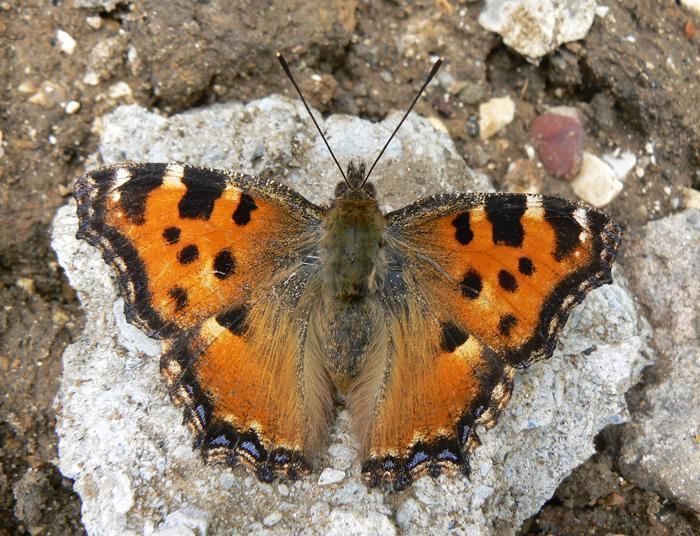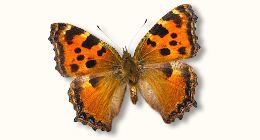Tribe Nymphalini Rank Species | Genus Nymphalis Higher classification Nymphalis | |
 | ||
Similar Nymphalis, Butterflies and moths, Polygonia c‑album, Butterfly, Small tortoiseshell | ||
Butterfly large tortoiseshell blackleg tortoiseshell close up schmetterling gro er fuchs
The blackleg tortoiseshell or large tortoiseshell (Nymphalis polychloros) is a butterfly of the family Nymphalidae.
Contents
- Butterfly large tortoiseshell blackleg tortoiseshell close up schmetterling gro er fuchs
- The large tortoiseshell nymphalis polychloros
- Subspecies
- Distribution and habitat
- Description
- Biology
- References
The large tortoiseshell nymphalis polychloros
Subspecies
Subspecies include:
Distribution and habitat

This species can be found in most of Europe, in northern Africa, and in western Asia. It is an extreme rarity in Britain, although it used to be widespread throughout England and Wales. Most of the specimens seen in Britain are thought to be captive-bred releases. These butterflies mainly inhabit woodland, especially with sallows (willows).
Description

Nymphalis polychloros has a wingspan of 68–72 millimetres (2.7–2.8 in) in males, of 72–75 millimetres (2.8–3.0 in) in females. These medium to large butterflies have red wings with black and yellow spots and a dark brown edge. The dark border of the hind wings is decorated with dark blue lunulae. The underside of the wings is greyish brown. There is no sexual dimorphism.

This species looks very similar to the small tortoiseshell (Aglais urticae), but it is more closely related to the Camberwell beauty.
Biology

The adult insect (imago) over-winters in dry dark places, such as hollow trees or out buildings. In late February or early March the butterflies emerge and mate. The females lay their pale green eggs (ova) in a continuous band around the upper twigs of elm (Ulmus spp.), sallow (Salix caprea and Salix viminalis), pear (Pyrus spp.), Malus, Sorbus, Crataegus, Populus, and Prunus spp. trees.
The caterpillars (larvae) are gregarious, and systematically strip the topmost twigs of the tree bare. They seem to have little defence against predation by birds. It is possible that their decline and extinction in the British Isles (late 1970s) was due to the loss of predatory birds, which previously had preyed upon smaller birds if they strayed to the tops of these trees.
The full grown larva spins a silk girdle around a twig further down the tree, and hangs from this by means of hooks (cremasta) at its rear end, to pupate. The chrysalis (pupa) is greyish-brown with a slight silvery sheen. There is only one generation per year, and the imagos emerging in July and August seek out sources high in sugar to feed. Tree sap and damaged ripe fruits are particularly suitable sources.
